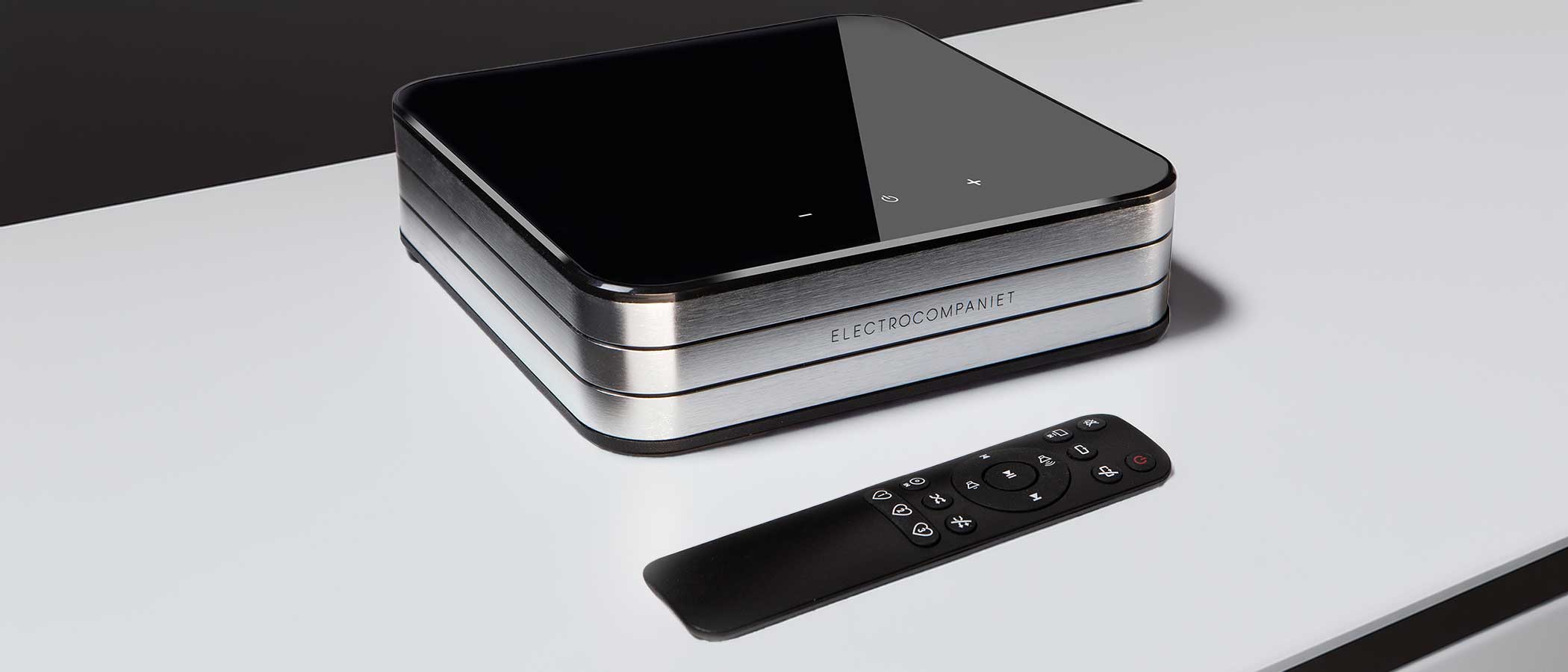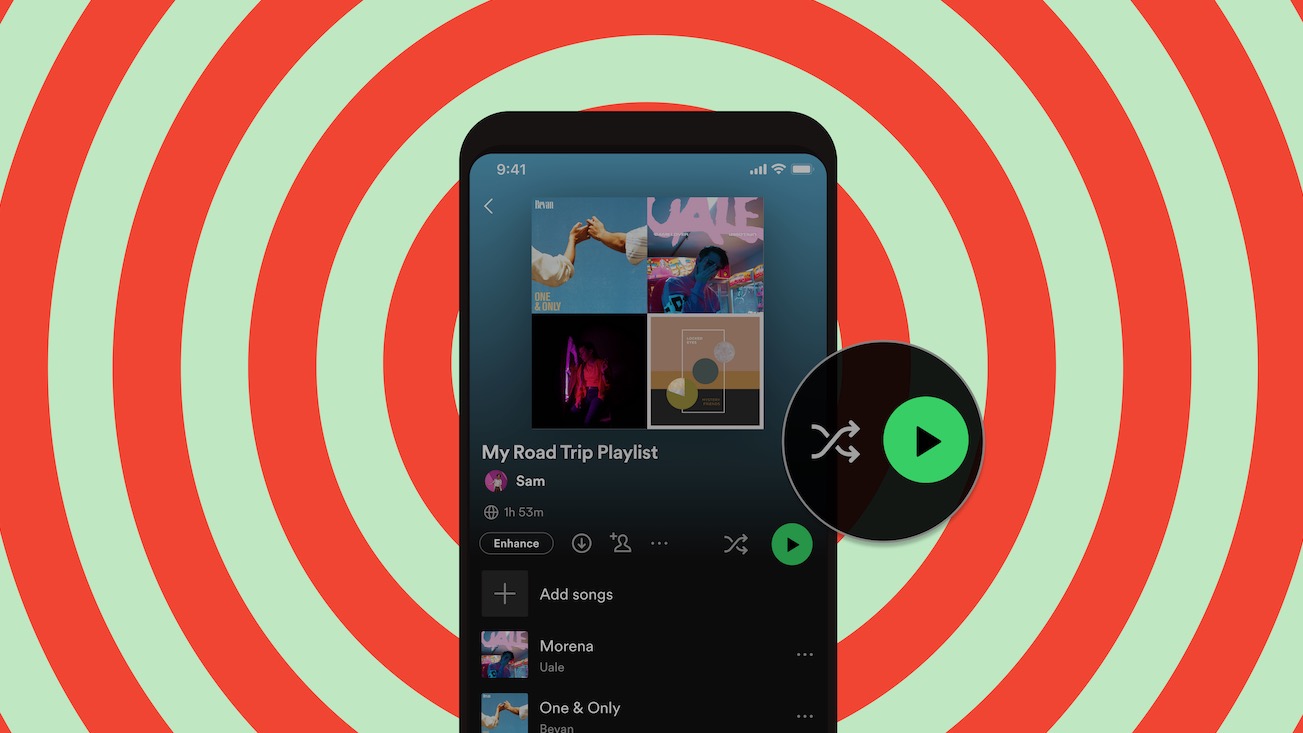Sound+Image Verdict
Streaming hi-fi made easy, while retaining high-quality hi-fi performance. Well done the Norwegians.
Pros
- +
Great sound for a zone player
- +
Neat and luxury design
- +
Excellent app
- +
Speaker processing
Cons
- -
No analogue inputs
- -
Phoenix speaker connections
- -
Remote control clicks by default
Why you can trust What Hi-Fi?
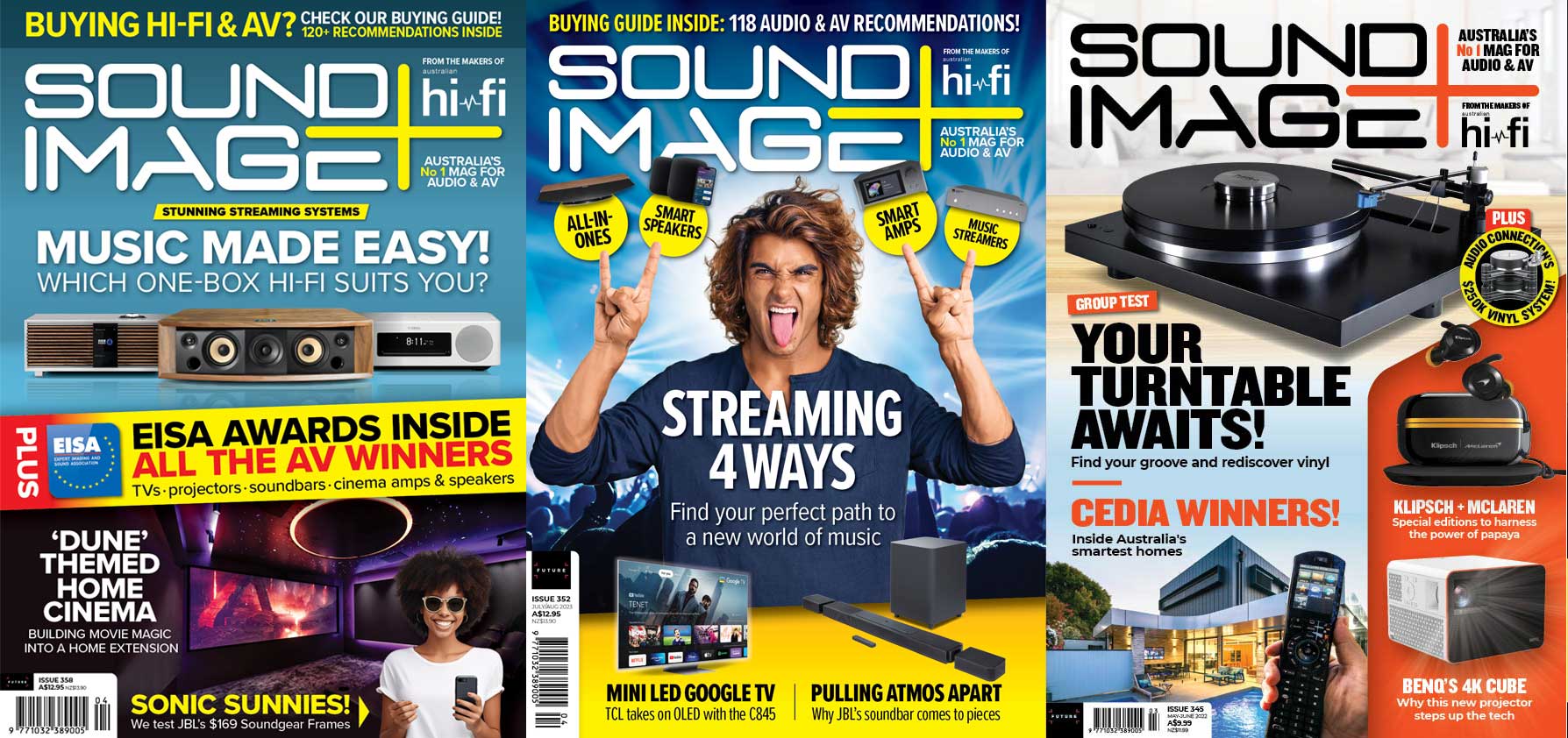
This review originally appeared in Sound+Image magazine, Australian sister publication to What Hi-Fi?. Click here for more information on Sound+Image, including digital editions and details on how you can subscribe.
This is another small amplifier designed to power a room of music, the type we’ve called ‘zone players’ ever since Sonos made the first of the breed. They are designed to be unobtrusive boxes combining an app-controlled streamer plus amplifier, so that all you need really add is a pair of speakers.
Invariably such zone players have an unpowered sibling, and that is the case here, with the equally shiny but half-height S1 being the streamer-only equivalent. So if you’ve already got a hi-fi system in need of streaming, plug in the S1. If you’ve got nothing yet, the SA2 plus a pair of speakers will do the lot, or you can plug in a few external sources to expand the system.
There are a good many examples of such streamer-amps available, with three key differentiators governing your choice. Firstly, do its streaming services and inputs match your needs? Secondly, are you creating an ecosystem of products that need to work together? And lastly a crucial factor: what’s the quality of the amplifier?
Electrocompaniet has chips in all three stacks. The streaming here and the control app were developed for the Norwegian company’s higher-end streamers, so not only ‘tried and tested’ but also offering an ecosystem connecting with other EC streamers and wireless speakers in the home. Both the AU$2599 SA2 and its S2 sister streamer (AU$2199) can connect to EC’s TANA L1 and L2 speakers; there’s also a wireless subwoofer, the SIRA L1 (pictured near the end of this review).
As for that amplifier quality, well, Electrocompaniet is a Norwegian hi-fi company of renown, with 50 years making world-class hi-fi products, and with particular skills in amplifier design. Inside this little box is Class-D power of 2 × 75W, and while that’s not going to blow away a massive power amplifier circuit from the company’s Classic Line, you can be sure that the Norwegians aren’t going to embarrass themselves with a half-hearted amp section just because this SA2 resides within the company’s ‘EC Living’ range. Convenience, certainly, but not compromise.
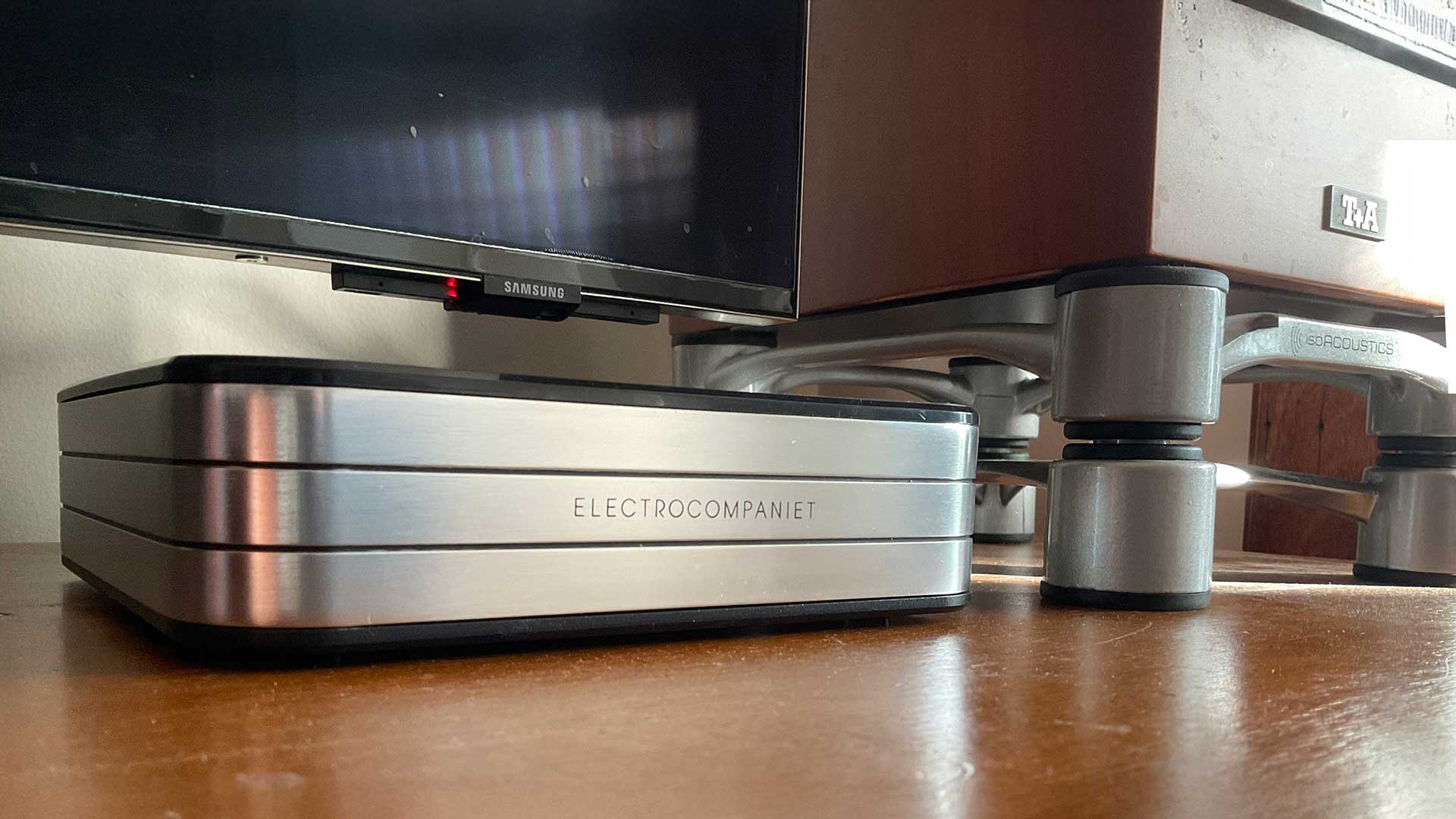
Build & streaming
We say above that zone players are often ‘unobtrusive’; they are commonly dull black boxes with nothing much in the way of visual feedback, the idea being that they may be hidden away, controlled over the network or using a Bluetooth remote control which doesn’t require line of sight.
However Electrocompaniet is clearly rather prouder to have its Rena range out on display; it would be a shame to hide away its “solid metal enclosure” (it’s not actually solid, of course; it’s hollow with stuff inside) with three stripes of curved and textured “shining silver finish” across its 18cm width, bookended above and below by sturdy top pieces in shiny black, the top one covered with protective plastic on delivery.
It’s a lovely design, though it doesn’t really declare itself to be an audio system, other than the brand name on the front – even the three top touch buttons disappear when not being used. It might be a luxury hard drive from the last century.
Of course the socketry at the back of the SA-2 reveals its nature. But let’s check the streaming abilities first, since these are to the fore. And it’s the same superior experience you’ll get from the company’s premium ECM 1 MKII streamer, we gather.
This streaming is governed by the ‘EC One’ app, which opens past its lovely golden 50th anniversary splashscreen to reveal the main services to which you have easy access: Spotify Connect, Tidal Connect, and Qobuz. These will each stream direct to the unit itself, whereas users of Apple Music will have to forward their stream from an Apple device via Apple AirPlay 2. Android users on other services can play via Bluetooth, although the available codecs for that are limited to SBC and AAC.
There is also a ‘Library’ option, through which you can see any files shared on your network available via SMB or NFS or DLNA/UPnP, as well as sticks or drives plugged into the rear USB-A slot.
There is also internet radio, though this was “currently unavailable” during our review (other than by direct input of a URL, which we did, and which worked well). And finally if you have purchased Roon (the music organisation and delivery software), the SA2 (and S2) are Roon Ready and will appear as end points in the software (screenshot below).
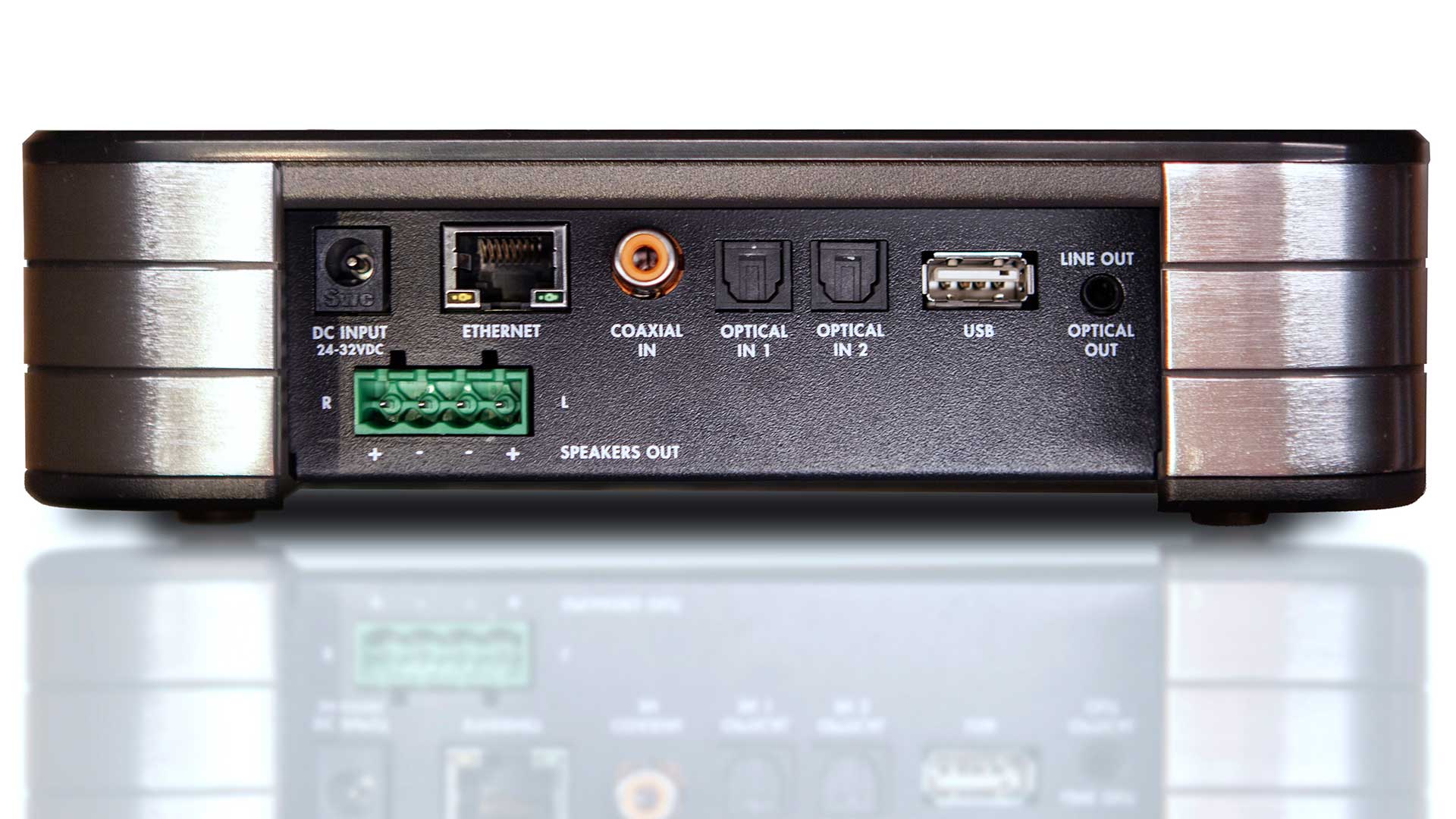
Connections
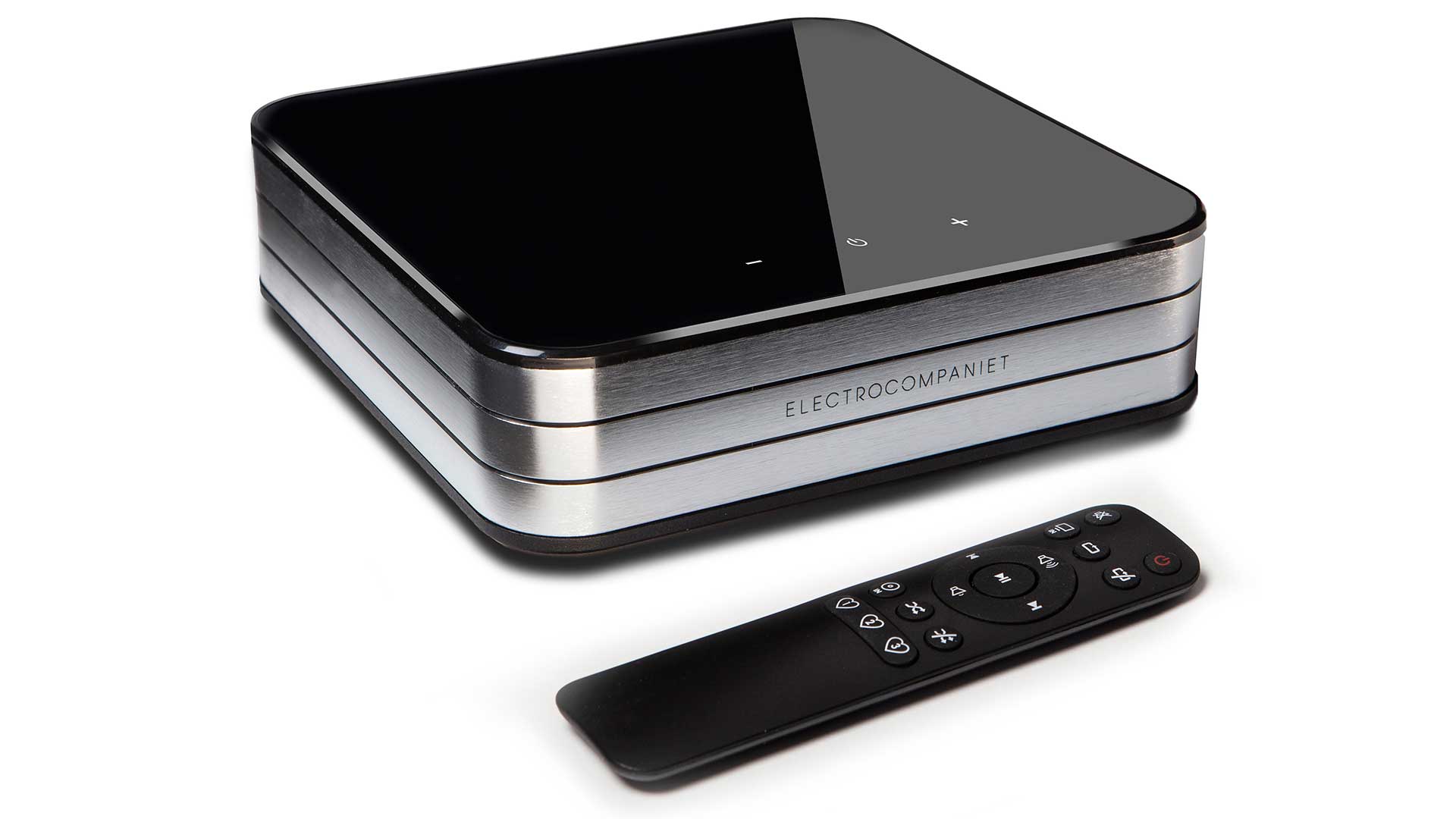
Inputs: 2 x optical, 1 coaxial, USB-A, dual-band Wi-Fi, gigabit Ethernet, Bluetooth, Spotify Connect, Tidal Connect, Qobuz, radio, DLNA/UPnP/SMB, Roon Ready
Outputs: minijack analogue/mini-optical, stereo speakers out (Phoenix), wireless speakers/subwoofer out (WiSA 24/96)
Amplifiers: 2 x 75W Class-D
Dimensions (wdh): 180 x 180 x 49mm
Weight: 1.8kg
As for physical connections, the black top overhangs the socketry at the back, making access slightly fiddly, but better protected from dust. Here there are two optical inputs, one coaxial input, that USB-A slot for sticks or drives, and an Ethernet socket for cabled networking instead of the dual-band Wi-Fi within.
The optical inputs make the SA-2 suitable for use as a TV entertainment system as well as being a music machine, and on the remote control the first optical input is labelled with a ‘TV’ icon. (There’s some muddled nomenclature here: on the back panel it is marked Optical 1; in the app it becomes Toslink 1, and on the remote it’s ‘TV in’. The remote also calls the coaxial input ‘CD in’, with a CD symbol.)
There are two obvious omissions to the connectivity. There is no HDMI socket, to allow ARC/eARC replay from a TV via HDMI. Although optical does the job almost as well for stereo purposes, it will lack the passthrough of volume control from your TV’s remote. You will instead have to use the rather lightweight little remote supplied with the SA2, or the sliding volume control in the app. We were going to recommend the latter, since the physical remote control puts an irritating click through the audio channel for every notch of adjustment, except that thankfully you can turn that off under the Bluetooth options menu in the app. The volume slider in the app reacted well, just occasionally with a little latency, but definitely no clicks!
If you use the app on a tablet, the ‘Now Playing’ screen (below) is beautifully presented, extending the album artwork under the surrounding information, making this method of control still more attractive when listening to music. For watching TV via optical, you’re more likely to be using the physical remote control.
Have you spotted the other omission? There’s no analogue input at all. There is a logic to this: the processing inside the unit is all digital. So this will limit the SA2’s use for some people, such as vinyl lovers, though for others not at all.
The only outputs at the back are a combination minijack/mini-optical output, and then the speaker outputs from the amplifier section. These are not proper binding posts, nor (thankfully) the spring-clip connections that were used on the previous SA-1. Instead there is now a small green socket with four pins pointing outward – a Euroblock-style connection, also known as a Phoenix connector.
This may be inconvenient if you have speaker cables with banana plugs or spades, which won’t fit here. You need bare wire for Euroblocks; also a connecting plug, into which the bare cables are screwed down tight, which wasn’t in our package. This solid connection can be an advantage; the downside is the somewhat fiddly procedure and the limitation on cable diameter.
Of course if you’re planning on using Electrocompaniet’s wireless speakers, there’s neither fiddling nor cable! But if you do plan to use wireless speakers, you’re wasting the SA2’s amplifiers, so you’d be better off buying the S2. Unless of course it’s Electrocompaniet’s wireless subwoofer, which will only add to the SA2’s party. All these speakers use not standard Wi-Fi or Bluetooth for their wireless connection but the well-regarded WiSA standard, which allows a full-quality lossless 24-bit/96kHz wireless connection to the speakers.
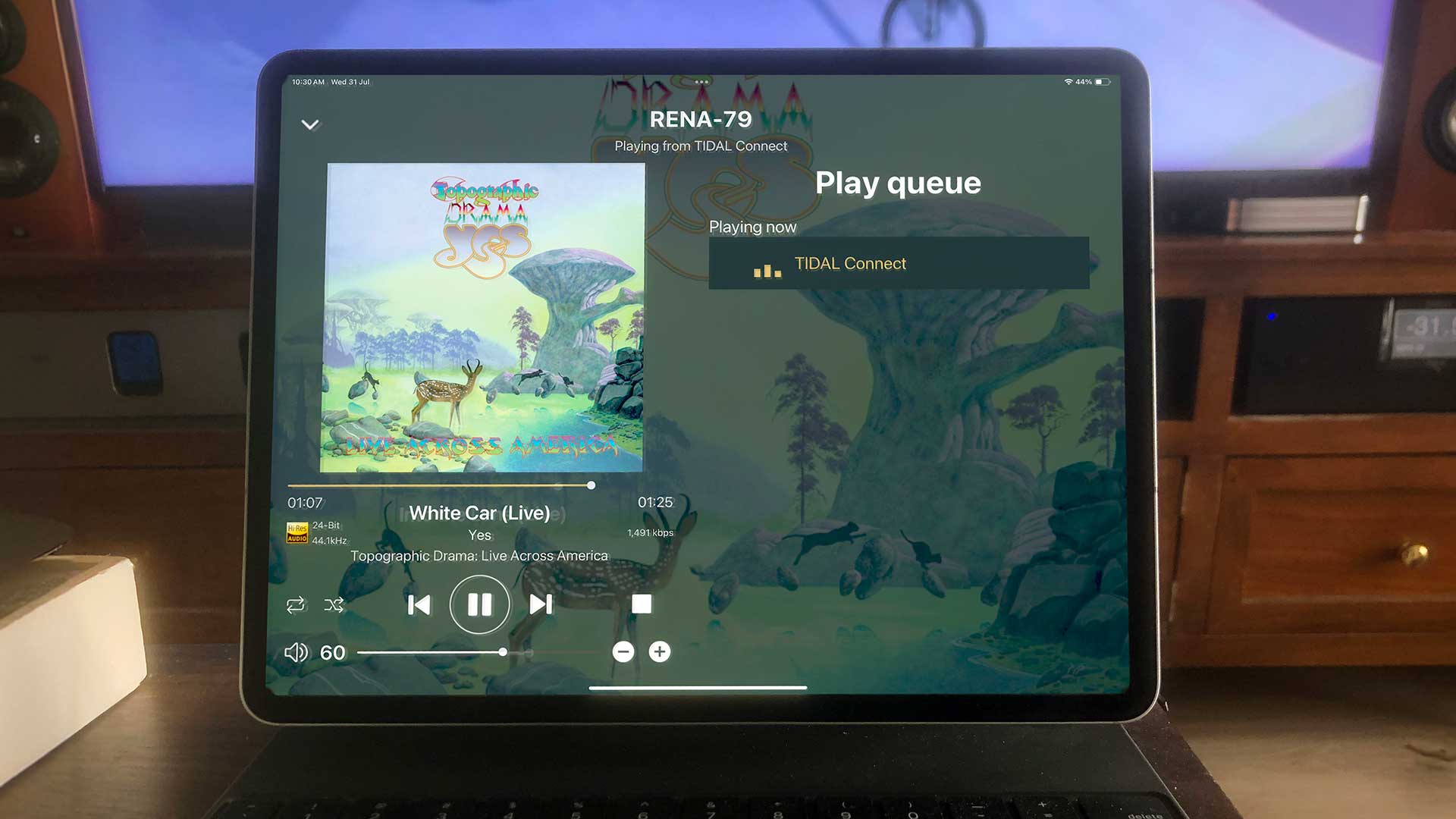
Setting up & listening
Once networked by either Ethernet or Wi-Fi, the EC One app passed a key test with flying colours. Most control apps take a fair moment to find your networked player/s each time you open the app. The EC One app just splashed its anniversary logo then opened straight to the player. There was no wait time required to find or reconnect, any time we subsequently used it. That’s great if you’re hunting the volume when the phone rings.
Further logical thought is evident in its input prioritisation. If we were playing from Tidal Direct, but then turned on our TV, the new signal at the optical input would override and autoswitch over to the TV, as you would hope. But can we then override that with the Tidal Connect should we wish to, say, play a live Yes recording, nice and loud while watching Olympics BMXers in the background? Yes we can! Each ‘new’ signal seems to override the one before, but you can use either the remote control or the app to manually force an input.
Even better, in the app settings you can adjust how this works, and which inputs (optical or coax) it works for. We don’t recall ever seeing this before; brilliantly versatile.
The live Yes recording (‘Topographic Drama’, one of several million live Yes albums released over their career, this coming from Tidal at 24/48) was one of our first proper bonding sessions with the SA2’s performance. Before this it had provided mainly solid TV sound and plenty of streaming background music during a week of warm-up duties. Now we slid the app’s volume slider firmly to the right and enjoyed a pumping presentation which was especially impressive as the SA2 was driving a not-particularly-friendly pair of German standmounts. On the opening of And You and I a remarkably realistic kick drum – solid and deep – thudded behind every pulse of Billy Sherwood’s bass (this 2017 release being sadly post-Squire); Jon Davison’s creamy take on Anderson’s vocals emerged strong and smooth. This is by no means the best Yes live recording out there (go to ‘Progeny’ for those, as we did later) but the SA2 certainly wrapped it as a clean and powerful bundle, with no shortage of power compressing the size of the music or the dynamics of its light and shade.
One cannot live by progressive rock alone, sadly; we set up a Tidal queue and sat back to enjoy it. The SA2 didn’t put a foot wrong. It could power out U2’s fizzy Last Night On Earth at some level while still delivering all the little acoustic details within Flood’s razor-sharp production. It could thrill with the edge given to the Hammond organ back left two minutes into Santana’s Samba Pa Ti while keeping the whole mix supremely smooth.
And it’s certainly tight in its timing: the opening beat of ZZ Top’s classic Gimme all Your Loving should have clear air behind it, with the bass line arriving as separate pulses, not a continuous bumpy blur, and the SA2 gave the song the correct space and scale to do just that.
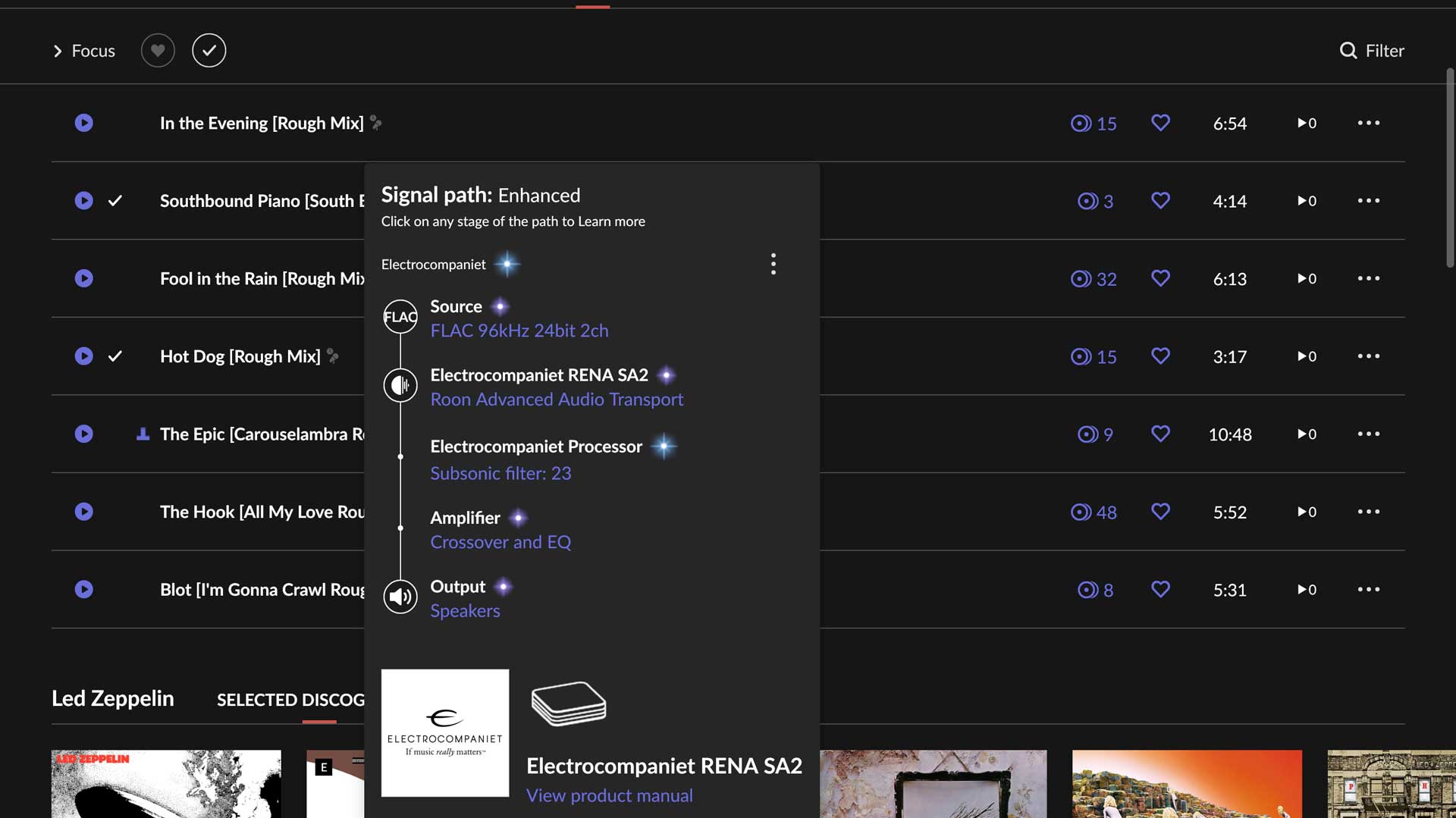
Of course your final sound will be governed largely by the speakers you attach, but with the SA2 you can be pretty sure they will never be shortchanged in what they receive, and so will deliver to their best.
This is further assisted in the deep app menus, under Speakers & Outputs, where you can invoke very useful post-processing for your particular size of speakers: it dramatically lifts bass if you select small speakers, and for our standmounts the ‘bookshelf’ setting was on the money, filling out the sound without bloating the bass. The resonant depth on the deep drum in Janis Ian’s The Light At The End Of The Line was one of the best deliveries any amplifier has pulled from these high-quality German standmounts.
This is the key difference between Electrocompaniet’s SA2 and lesser ‘zone players’: the quality and quantity of power. Yes it’s a Class-D implementation, and we just know that Electrocompaniet’s larger Class-AB amps would go higher and stronger. But the SA2 is certainly hi-fi; it handled our big music-room speakers with just as much control as it did our TV system standmounts, and we’d think that anyone filling their home with a set of connected EC Living Line products would end up very happy indeed.
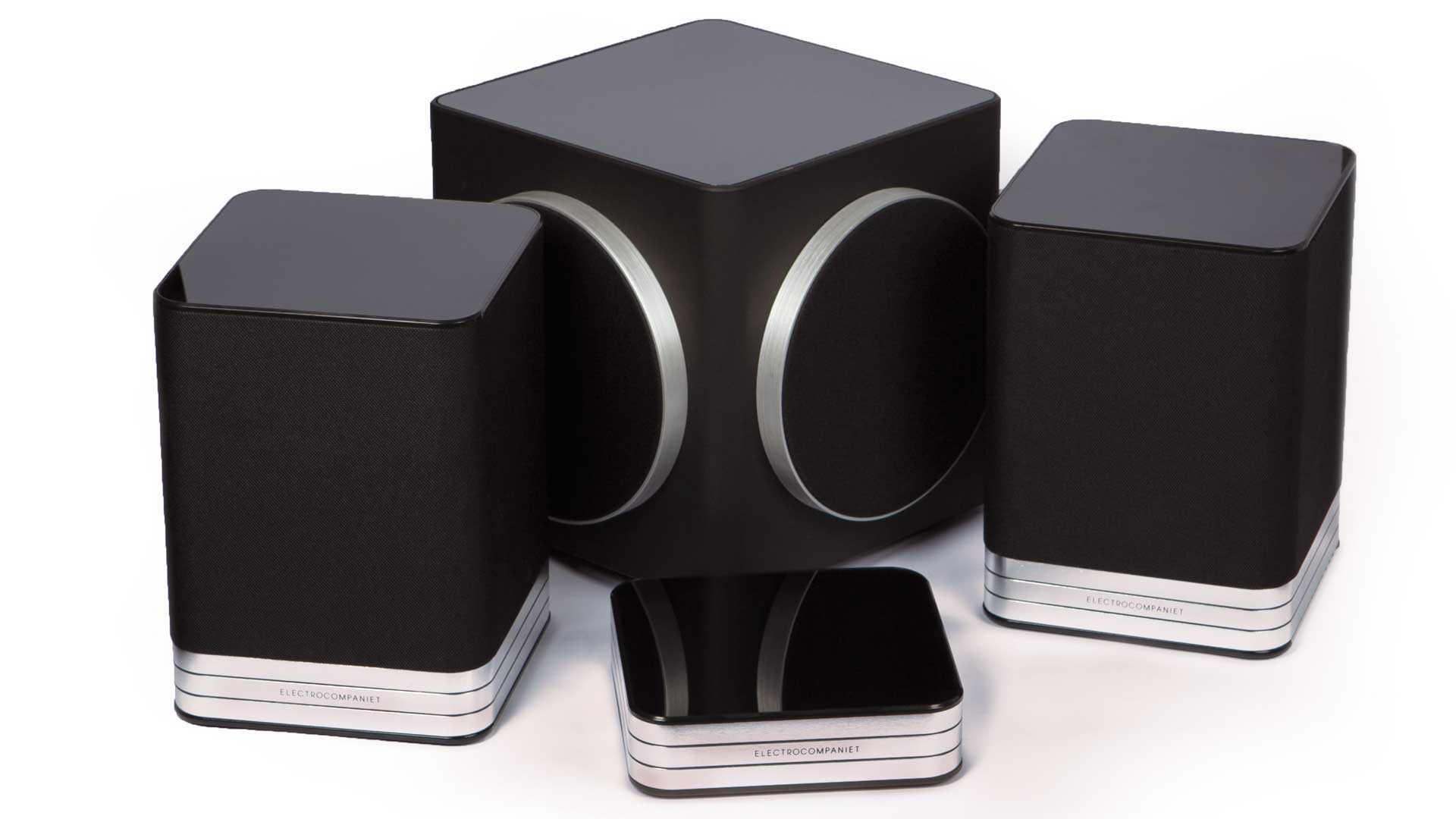
We connected a hard drive of high-res files to the USB-A slot, directed the app to add it to the library and, after a cuppa’s worth of indexing, we could enjoy some delightful separation and soundstaging as we played Antonio Forcione’s Night Train at 24-bit/192kHz, and Laurence Juber’s Guitar Noir at 24/96, turning it up (click, click) to enjoy the scraped-metal percussion to the right behind Juber’s delicious transient plucks and edgy slides. There’s a ‘Brightness’ slider in amongst those processing settings: this might be useful to tame a bright recordings or to lift soft speakers, but a neutral system with a good recording shouldn’t need any tweaking to reveal all these delightful details.
The Library listing doesn’t populate in a particularly easy way to navigate: no alphabetical jumps, no folder navigation even, and we were further hampered by the Album list starting with several thousand .AppleDouble files, so the search bar in the Library section is perhaps the best way to find something.. This works especially well if you use the web interface that you can access by typing the SA2’s IP address on your network into a browser.
Which makes us think increasingly that things here are best kept simple. Yes you can plug in a CD player if you like, and the TV if you’re in a video zone, but otherwise just plug up your speakers and stream from Spotify, Tidal or Qobuz.
Any issues? That clicking on volume changes drove us mad until Electrocompaniet pointed us to the option to turn it off. We also had initial grief with the remote itself: it wouldn’t pair or wouldn’t work if it had. Eventually we replaced its RS232 cell, reset the player to factory settings, and set up from scratch. That fixed it (we don’t know which bit).
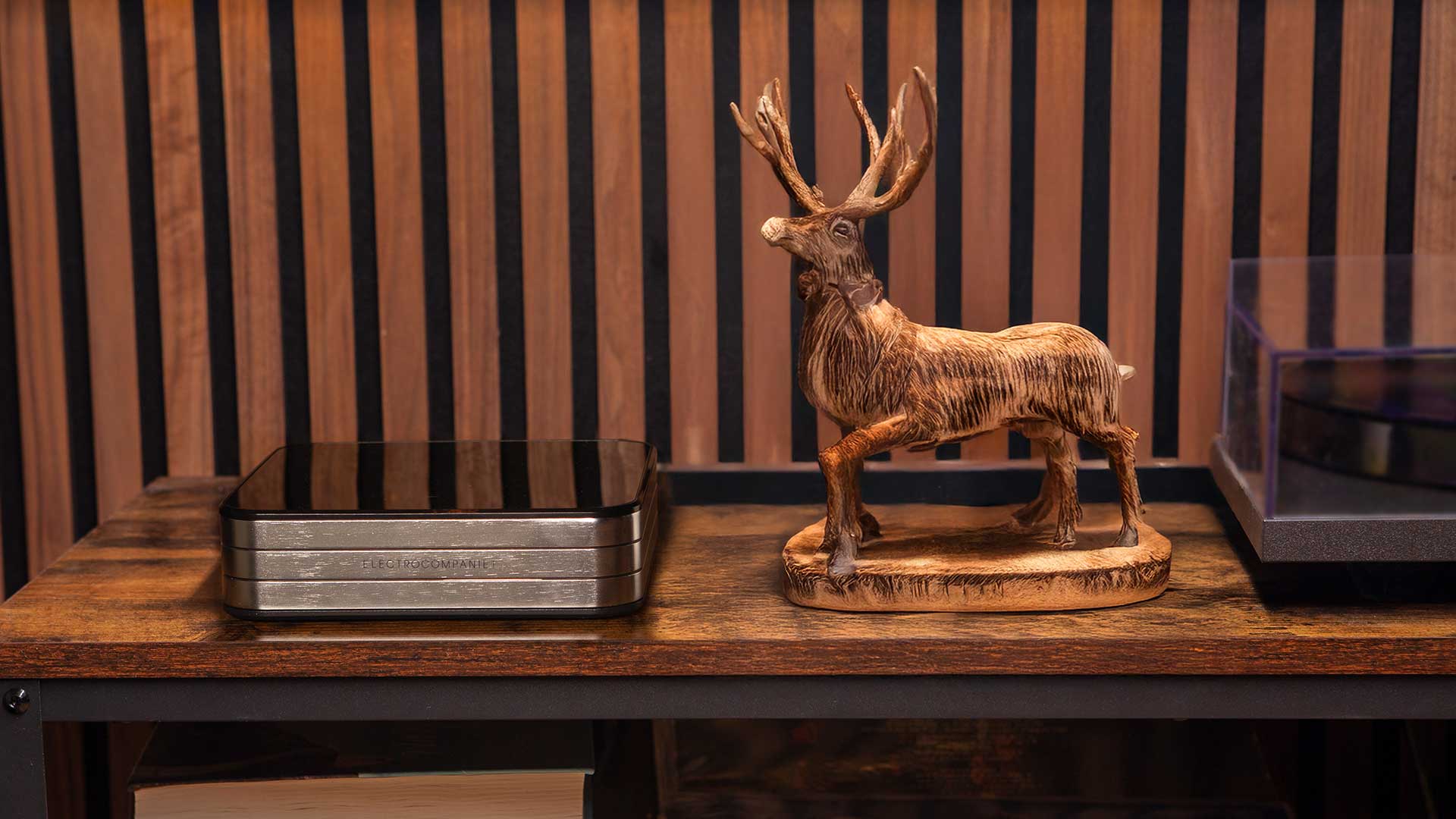
Verdict
So, let’s revisit that three-strong checklist for the perfect zone player. Does it provide the streaming services and inputs you need? That’s up to you; remember the lack of analogue inputs here, but the SA2’s preference for Spotify, Tidal and Qobuz streaming should satisfy most customers.
Is there an ecosystem to fill the home? Yes there is, and wireless speakers too. And how’s the amp? The amp is great, as is the control app, and you might easily add the wireless subwoofer should you want to beef up an SA2 zone in size, strength and depth.
This is streaming hi-fi made easy, while retaining high-quality hi-fi performance. Well done the Norwegians.

Jez is the Editor of Sound+Image magazine, having inhabited that role since 2006, more or less a lustrum after departing his UK homeland to adopt an additional nationality under the more favourable climes and skies of Australia. Prior to his desertion he was Editor of the UK's Stuff magazine, and before that Editor of What Hi-Fi? magazine, and before that of the erstwhile Audiophile magazine and of Electronics Today International. He makes music as well as enjoying it, is alarmingly wedded to the notion that Led Zeppelin remains the highest point of rock'n'roll yet attained, though remains willing to assess modern pretenders. He lives in a modest shack on Sydney's Northern Beaches with his Canadian wife Deanna, a rescue greyhound called Jewels, and an assortment of changing wildlife under care. If you're seeking his articles by clicking this profile, you'll see far more of them by switching to the Australian version of WHF.
